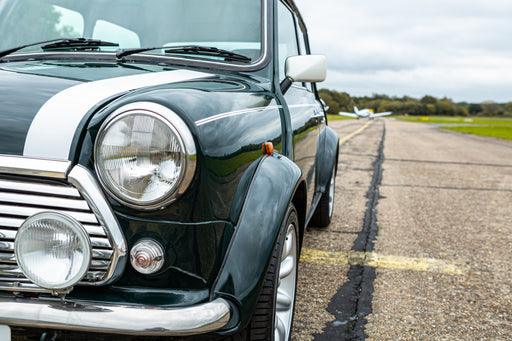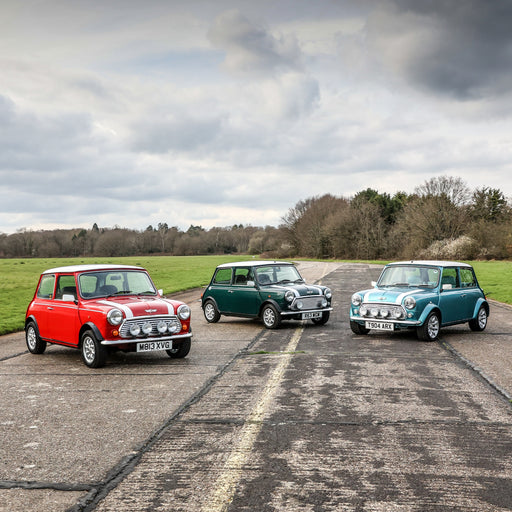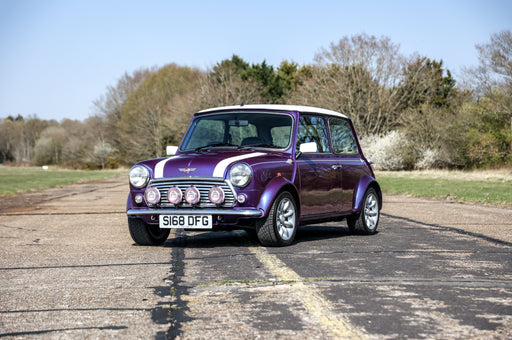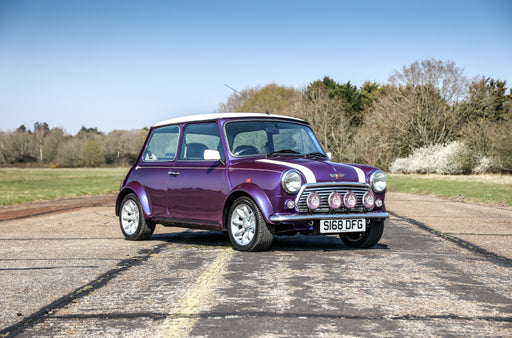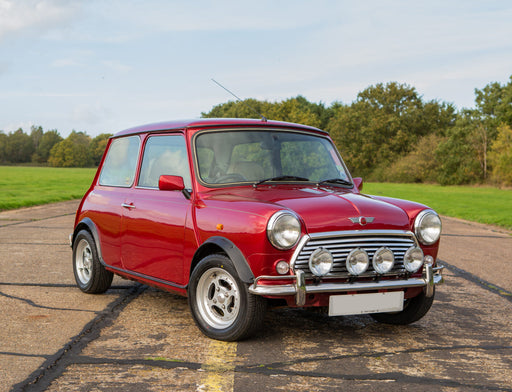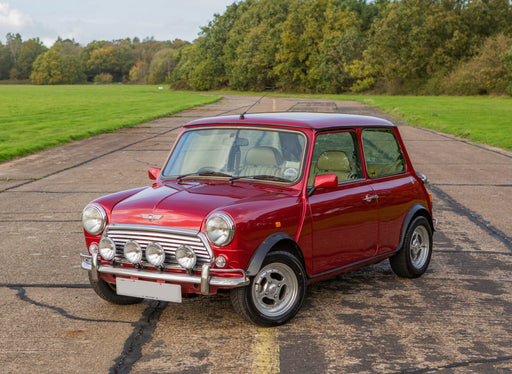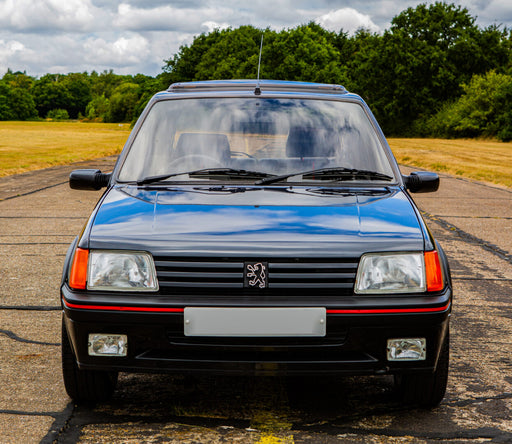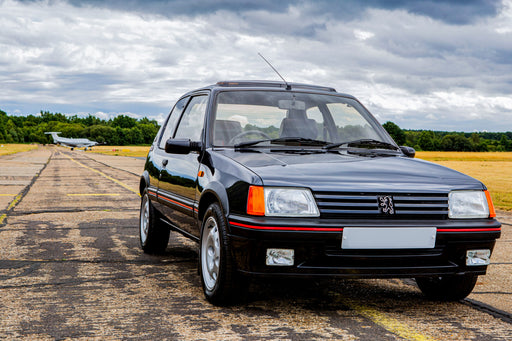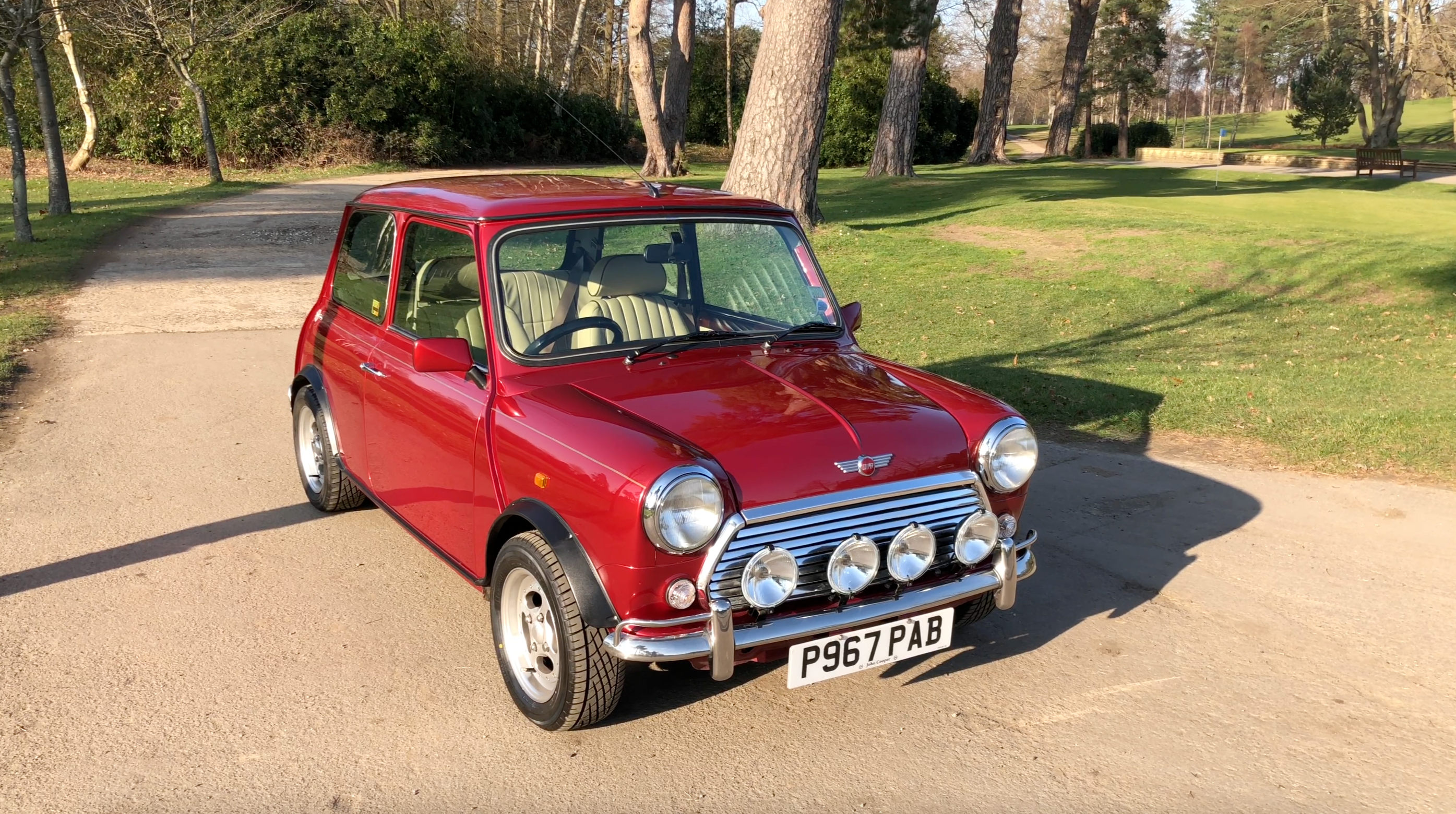
 >
>

Classic Mini Buyers Guide & Review
In this guide we show you what to look for when buying a classic mini. Whether you have bought a Rover Mini before or this is your first time, our buyers guide and review will show you the key areas to check for signs of repair and corrosion, ensuring that you get the best deal on your classic Mini.
Watch the classic Mini buyers guide for a full review of the car, or use the checklist below.
Key areas to check:
Front of the Mini - Windscreen, bonnet and headlights
Check beneath the headlights and front valance - is there any rust or bubbling on the seams?

Check beneath the windscreen rubber which can be a common water trap. Look for a gap between the wing and scutter panel.

Side of the Mini - A-panel, exterior door and doorstep
Look for nice even gaps between the panels - this can show signs of restoration, and possibly poor restorations if gaps are not present.
Check underneath for the correct vented sills - here you can place a finger in the six flutes and check the vents.

The rubber above the sills should be straight, no bobbling.
Inside the Mini, on the doorstep, check for bubbling and rust.
If the Mini has had a John Cooper Garages conversion, you should see a plaque on the crossmember stating the conversion or car number.

When closing the door, it should close easily with no signs of dropping.
Rear of the Mini - Exterior and interior boot
Exterior - check the rear valance, windscreen rubber, and fuel cap for rust and bobbling.

Interior - look for signs of welding or patch repair. Also look for corrosion in the corners particularly, where the bottle can leak.

Top of the Mini - Roof
Check the roof, particularly the corners for rust and bubbling.
Under the Bonnet
See the factory ‘body’ number on the slam panel. It's a tell-tale sign that the front panel has been replaced if this is not present.

Either side of the inner wings should have the original spot welds.

The Mini may have the original airbox or been swapped out for replacement air filters.
Always good to give the oil a check.
Interior - Windscreen, seats, lining and carpet
Check the corners of the windscreen - this can show where the scuttle panel has been repaired or where there is corrosion coming through.
Look for cracks or fading on the dashboard.

Check the seats, head lining and carpet are to a good standard with no tears.

Test Drive
When you drive the car, check that the gear synchro is good, that there is no crunching between gear changes.
Once the car is warmed up, check that there is no overheating and that the car is idling at around 1000rpm.

This classic mini buyers guide has shown what to look for when buying a new car. It covers the problem areas for rust and bubbling, and where you might see signs of fading, wear and tear with the seats, carpets and lining. For great examples of beautifully preserved classic minis, take a look at our Minis for sale.
Now all there is left to do is enjoy driving your new Mini!
CLASSIC MINIS FOR SALE
Browse our inventory of quality classic Minis: https://philmiresclassiccars.co.uk/collections/classic-minis
NEW MINIS COMING SOON
Latest Classic Cars For Sale
classic minis wanted
We are actively seeking classic Minis in excellent condition, ideally with low mileage and a detailed history, especially models such as the Cooper...
View details2000 classic mini cooper sport
Supplied new by Hartwell Rover of Abingdon on 29th September 2000, this Mini Cooper Sport is presented in Solar Red with a Platinum Silver roof and...
View details1999 classic mini cooper sportspack
Originally supplied by Wilsons Rover of Whitley Bay on 29th October 1999, this Mini Cooper Sportspack is finished in iconic British Racing Green wi...
View details1999 classic mini cooper s touring by john cooper garages
As featured in MiniWorld Magazine. In 1997, John Cooper Garages launched two new exciting iterations of the iconic Mini Cooper S: the Cooper S Tour...
View details1996 classic mini 'cooper s touring' by miniworld & john cooper garages
A unique opportunity to purchase a MiniWorld Magazine feature car specially converted by John Cooper Garages. This Mini was supplied to Link House ...
View details1989 peugeot 205 gti 1.9
First registered on 29th September 1989. 84,000 miles from new. Driven a mere 5,000 miles in the past 15 years. A collector-quality example. Meticu...
View details
